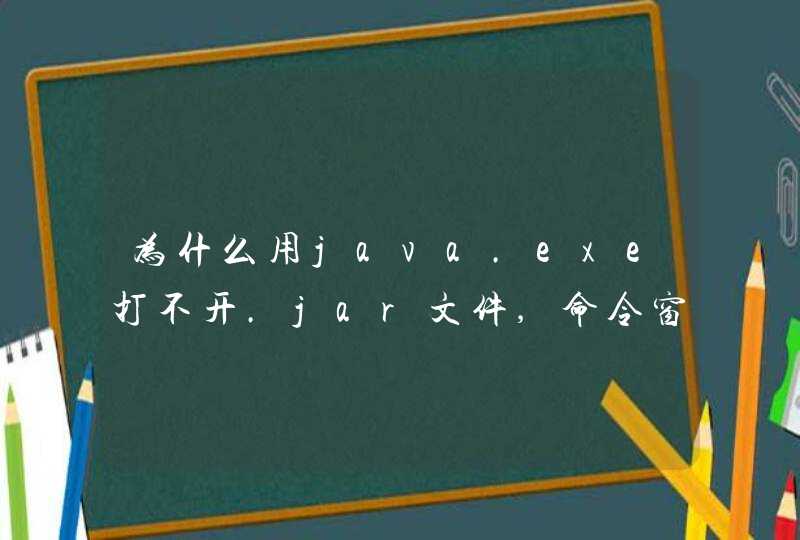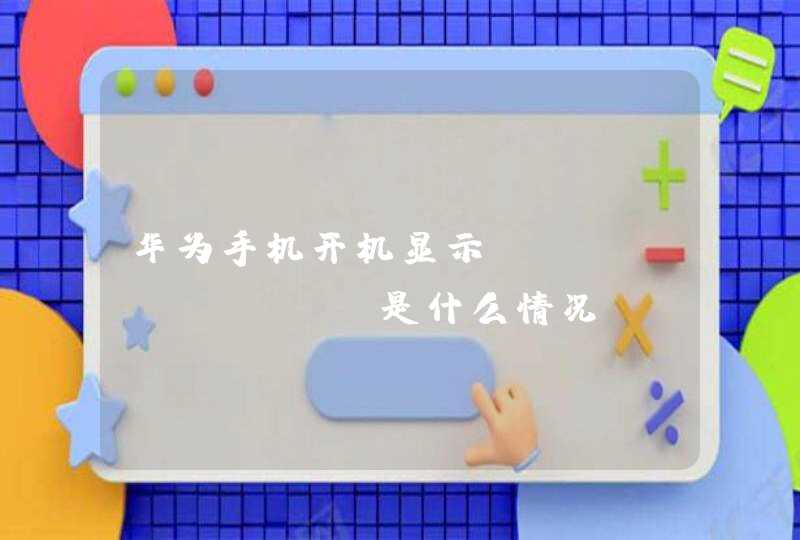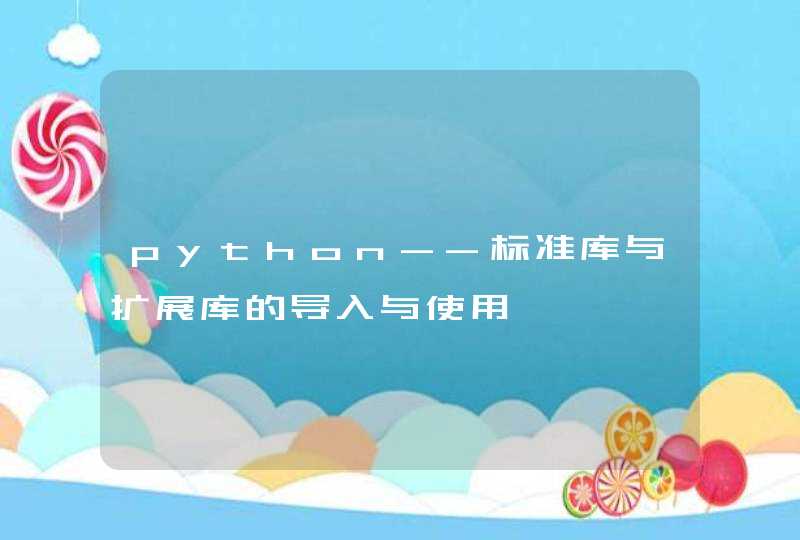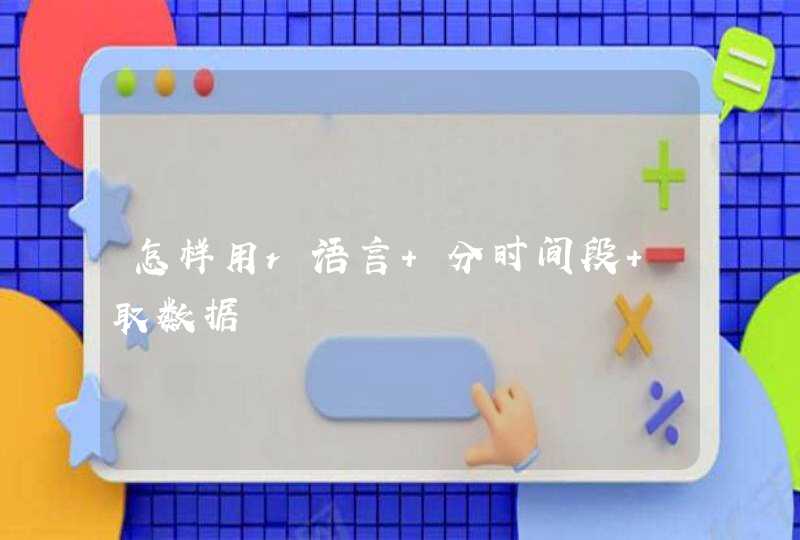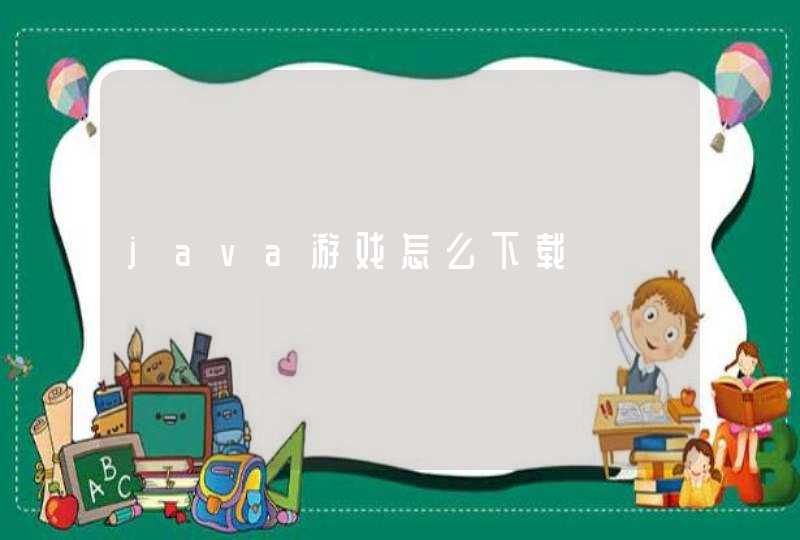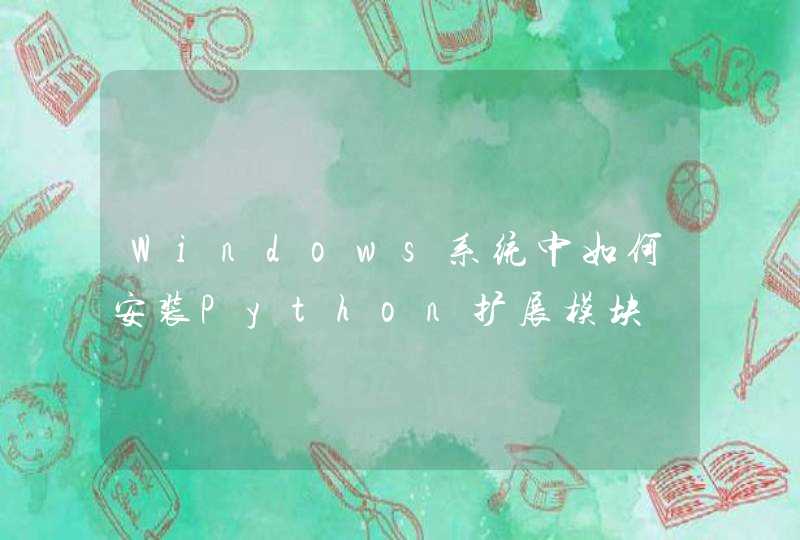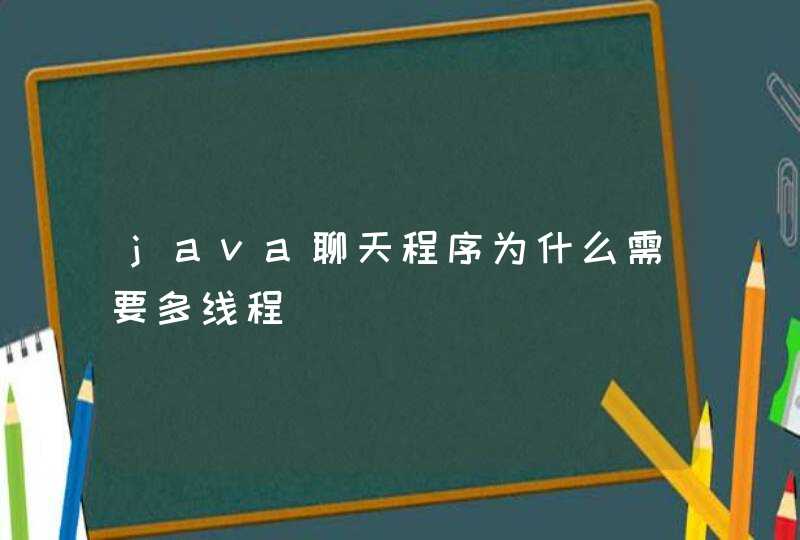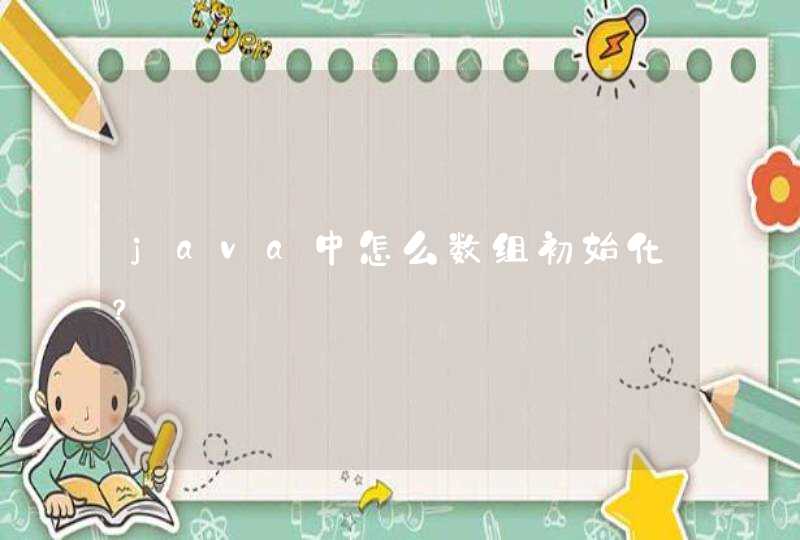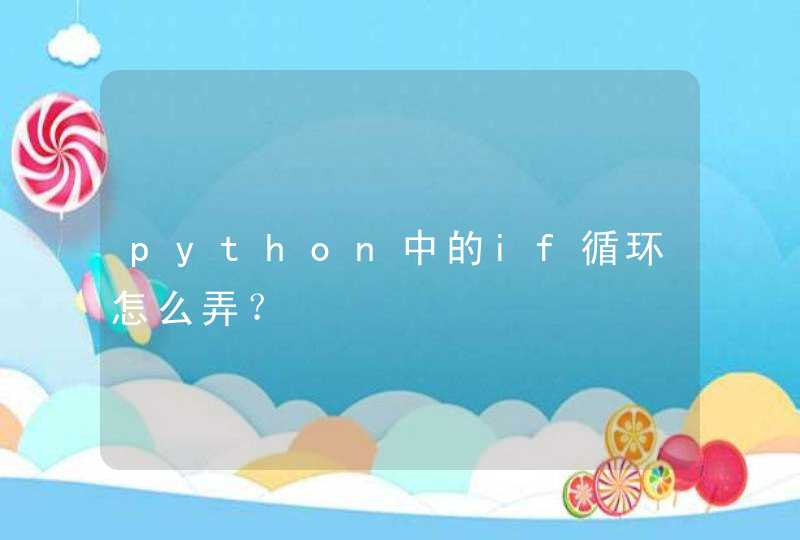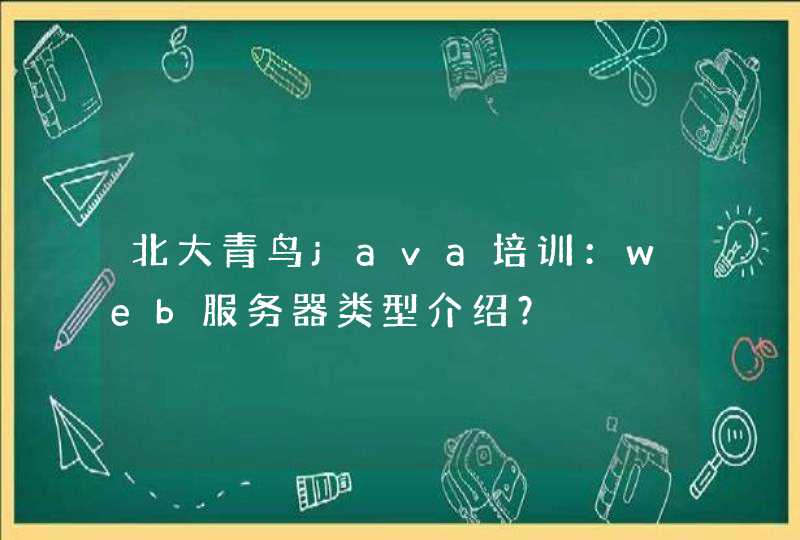
现在许多系统的注册 登录或者发布信息模块都添加的随机验证码功能 就是为了避免自动注册程序或者自动发布程序的使用
验证码实际上就是随机选择一些字符以图片的形式展现在页面上 如果进行提交操作的同时需要将图片上的字符同时提交 如果提交的字符与服务器session保存的不同 则认为提交信息无效 为了避免自动程序分析解析图片 通常会在图片上随机生成一些干扰线或者将字符进行扭曲 增加自动识别验证码的难度
在这里 我们使用java实现验证码
<%@ page contentType= image/jpeg import= java awt * java awt image * java util * javax imageio * %>
<%!
Color getRandColor(int fc int bc){//给定范围获得随机颜色
Random random = new Random()
if(fc>) fc=
if(bc>) bc=
int r=fc+random nextInt(bc fc)
int g=fc+random nextInt(bc fc)
int b=fc+random nextInt(bc fc)
return new Color(r g b)
}
%>
<%
//设置页面不缓存
response setHeader( Pragma No cache )
response setHeader( Cache Control no cache )
response setDateHeader( Expires )
// 在内存中创建图象
int width= height=
BufferedImage image = new BufferedImage(width height BufferedImage TYPE_INT_RGB)
// 获取图形上下文
Graphics g = image getGraphics()
//生成随机类
Random random = new Random()
// 设定背景色
g setColor(getRandColor( ))
g fillRect( width height)
//设定字体
g setFont(new Font( Times New Roman Font PLAIN ))
// 随机产生 条干扰线 使图象中的认证码不易被其它程序探测到
g setColor(getRandColor( ))
for (int i= i<i++)
{
int x = random nextInt(width)
int y = random nextInt(height)
int xl = random nextInt( )
int yl = random nextInt( )
g drawLine(x y x+xl y+yl)
}
// 取随机产生的认证码( 位数字)
String codeList = ABCDEFGHIJKLMNOPQRSTUVWXYZabcdefghijklmnopqrstuvwxyz
String sRand=
for (int i= i<i++){
int a=random nextInt(codeList length() )
String rand=codeList substring(a a+ )
sRand+=rand
// 将认证码显示到图象中
g setColor(new Color( +random nextInt( ) +random nextInt( ) +random nextInt( )))//调用函数出来的颜色相同 可能是因为种子太接近 所以只能直接生成
g drawString(rand *i+ )
}
// 将认证码存入SESSION
session setAttribute( rand sRand)
// 图象生效
g dispose()
// 输出图象到页面
ImageIO write(image JPEG response getOutputStream())
out clear()
out = pageContext pushBody()
lishixinzhi/Article/program/Java/hx/201311/255361、创建一个Http的模拟请求工具类,然后写一个POST方法或者GET方法
/** * 文件说明 * @Description:扩展说明 * @Copyright: XXXX dreamtech.com.cn Inc. All right reserved * @Version: V6.0 */package com.demo.utilimport java.io.IOExceptionimport java.util.Mapimport org.apache.commons.httpclient.HttpClientimport org.apache.commons.httpclient.HttpExceptionimport org.apache.commons.httpclient.SimpleHttpConnectionManagerimport org.apache.commons.httpclient.methods.GetMethodimport org.apache.commons.httpclient.methods.PostMethod/** * @Author: feizi * @Date: XXXX年XX月XX日 XX:XX:XX * @ModifyUser: feizi * @ModifyDate: XXXX年XX月XX日 XX:XX:XX * @Version:V6.0 */public class HttpRequestUtil { /** * HttpClient 模拟POST请求 * 方法说明 * @Discription:扩展说明 * @param url * @param params * @return String * @Author: feizi * @Date: XXXX年XX月XX日 XX:XX:XX * @ModifyUser:feizi * @ModifyDate: XXXX年XX月XX日 XX:XX:XX */ public static String postRequest(String url, Map<String, String>params) { //构造HttpClient的实例 HttpClient httpClient = new HttpClient() //创建POST方法的实例 PostMethod postMethod = new PostMethod(url) //设置请求头信息 postMethod.setRequestHeader("Connection", "close") //添加参数 for (Map.Entry<String, String>entry : params.entrySet()) { postMethod.addParameter(entry.getKey(), entry.getValue()) } //使用系统提供的默认的恢复策略,设置请求重试处理,用的是默认的重试处理:请求三次 httpClient.getParams().setBooleanParameter("http.protocol.expect-continue", false) //接收处理结果 String result = null try { //执行Http Post请求 httpClient.executeMethod(postMethod) //返回处理结果 result = postMethod.getResponseBodyAsString() } catch (HttpException e) { // 发生致命的异常,可能是协议不对或者返回的内容有问题 System.out.println("请检查输入的URL!") e.printStackTrace() } catch (IOException e) { // 发生网络异常 System.out.println("发生网络异常!") e.printStackTrace() } finally { //释放链接 postMethod.releaseConnection() //关闭HttpClient实例 if (httpClient != null) {((SimpleHttpConnectionManager) httpClient.getHttpConnectionManager()).shutdown() httpClient = null } } return result} /** * HttpClient 模拟GET请求 * 方法说明 * @Discription:扩展说明 * @param url * @param params * @return String * @Author: feizi * @Date: XXXX年XX月XX日 XX:XX:XX * @ModifyUser:feizi * @ModifyDate: XXXX年XX月XX日 XX:XX:XX */ public static String getRequest(String url, Map<String, String>params) { //构造HttpClient实例 HttpClient client = new HttpClient() //拼接参数 String paramStr = "" for (String key : params.keySet()) { paramStr = paramStr + "&" + key + "=" + params.get(key) } paramStr = paramStr.substring(1) //创建GET方法的实例 GetMethod method = new GetMethod(url + "?" + paramStr) //接收返回结果 String result = null try { //执行HTTP GET方法请求 client.executeMethod(method) //返回处理结果 result = method.getResponseBodyAsString() } catch (HttpException e) { // 发生致命的异常,可能是协议不对或者返回的内容有问题 System.out.println("请检查输入的URL!") e.printStackTrace() } catch (IOException e) { // 发生网络异常 System.out.println("发生网络异常!") e.printStackTrace() } finally { //释放链接 method.releaseConnection() //关闭HttpClient实例 if (client != null) {((SimpleHttpConnectionManager) client.getHttpConnectionManager()).shutdown() client = null } } return result}}
2、在创建一个类,生成验证码,然后传递相应的参数(不同的短信平台接口会有不同的参数要求,这个一般短信平台提供的接口文档中都会有的,直接看文档然后按要求来即可)
/** * 文件说明 * @Description:扩展说明 * @Copyright: XXXX dreamtech.com.cn Inc. All right reserved * @Version: V6.0 */package com.demo.utilimport java.net.URLEncoderimport java.util.HashMapimport java.util.Map/** * @Author: feizi * @Date: XXXX年XX月XX日 XX:XX:XX * @ModifyUser: feizi * @ModifyDate: XXXX年XX月XX日 XX:XX:XX * @Version:V6.0 */public class SendMsgUtil { /** * 发送短信消息 * 方法说明 * @Discription:扩展说明 * @param phones * @param content * @return * @return String * @Author: feizi * @Date: 2015年4月17日 下午7:18:08 * @ModifyUser:feizi * @ModifyDate: 2015年4月17日 下午7:18:08 */ @SuppressWarnings("deprecation") public static String sendMsg(String phones,String content){ //短信接口URL提交地址 String url = "短信接口URL提交地址" Map<String, String>params = new HashMap<String, String>() params.put("zh", "用户账号") params.put("mm", "用户密码") params.put("dxlbid", "短信类别编号") params.put("extno", "扩展编号") //手机号码,多个号码使用英文逗号进行分割 params.put("hm", phones) //将短信内容进行URLEncoder编码 params.put("nr", URLEncoder.encode(content)) return HttpRequestUtil.getRequest(url, params)} /** * 随机生成6位随机验证码 * 方法说明 * @Discription:扩展说明 * @return * @return String * @Author: feizi * @Date: 2015年4月17日 下午7:19:02 * @ModifyUser:feizi * @ModifyDate: 2015年4月17日 下午7:19:02 */ public static String createRandomVcode(){ //验证码 String vcode = "" for (int i = 0i <6i++) { vcode = vcode + (int)(Math.random() * 9) } return vcode} /** * 测试 * 方法说明 * @Discription:扩展说明 * @param args * @return void * @Author: feizi * @Date: XXXX年XX月XX日 XX:XX:XX * @ModifyUser:feizi * @ModifyDate: XXXX年XX月XX日 XX:XX:XX */ public static void main(String[] args) {// System.out.println(SendMsgUtil.createRandomVcode())// System.out.println("&ecb=12".substring(1)) System.out.println(sendMsg("18123456789,15123456789", "尊敬的用户,您的验证码为" + SendMsgUtil.createRandomVcode() + ",有效期为60秒,如有疑虑请详询XXX-XXX-XXXX【XXX中心】"))}
然后执行一下,一般的情况下参数传递正确,按照接口文档的规范来操作的话,都会发送成功的,手机都能收到验证码的,然后可能会出现的问题就是:发送的短信内容有可能会出现中文乱码,然后就会发送不成功,按照短信平台的要求进行相应的编码即可。一般都会是UTF-8编码。
Java如何实现验证码验证功能呢?日常生活中,验证码随处可见,他可以在一定程度上保护账号安全,那么他是怎么实现的呢?
Java实现验证码验证功能其实非常简单:用到了一个Graphics类在画板上绘制字母,随机选取一定数量的字母随机生成,然后在画板上随机生成几条干扰线。
首先,写一个验证码生成帮助类,用来绘制随机字母:
import java.awt.Color
import java.awt.Font
import java.awt.Graphics
import java.awt.image.BufferedImage
import java.io.IOException
import java.io.OutputStream
import java.util.Random
import javax.imageio.ImageIO
public final class GraphicHelper {
/**
* 以字符串形式返回生成的验证码,同时输出一个图片
*
* @param width
* 图片的宽度
* @param height
* 图片的高度
* @param imgType
* 图片的类型
* @param output
* 图片的输出流(图片将输出到这个流中)
* @return 返回所生成的验证码(字符串)
*/
public static String create(final int width, final int height, final String imgType, OutputStream output) {
StringBuffer sb = new StringBuffer()
Random random = new Random()
BufferedImage image = new BufferedImage(width, height, BufferedImage.TYPE_INT_RGB)
Graphics graphic = image.getGraphics()
graphic.setColor(Color.getColor("F8F8F8"))
graphic.fillRect(0, 0, width, height)
Color[] colors = new Color[] { Color.BLUE, Color.GRAY, Color.GREEN, Color.RED, Color.BLACK, Color.ORANGE,
Color.CYAN }
// 在 "画板"上生成干扰线条 ( 50 是线条个数)
for (int i = 0 i < 50 i++) {
graphic.setColor(colors[random.nextInt(colors.length)])
final int x = random.nextInt(width)
final int y = random.nextInt(height)
final int w = random.nextInt(20)
final int h = random.nextInt(20)
final int signA = random.nextBoolean() ? 1 : -1
final int signB = random.nextBoolean() ? 1 : -1
graphic.drawLine(x, y, x + w * signA, y + h * signB)
}
// 在 "画板"上绘制字母
graphic.setFont(new Font("Comic Sans MS", Font.BOLD, 30))
for (int i = 0 i < 6 i++) {
final int temp = random.nextInt(26) + 97
String s = String.valueOf((char) temp)
sb.append(s)
graphic.setColor(colors[random.nextInt(colors.length)])
graphic.drawString(s, i * (width / 6), height - (height / 3))
}
graphic.dispose()
try {
ImageIO.write(image, imgType, output)
} catch (IOException e) {
e.printStackTrace()
}
return sb.toString()
}
}
接着,创建一个servlet,用来固定图片大小,以及处理验证码的使用场景,以及捕获页面生成的验证码(捕获到的二维码与用户输入的验证码一致才能通过)。
import java.io.OutputStream
import javax.servlet.ServletException
import javax.servlet.annotation.WebServlet
import javax.servlet.http.HttpServlet
import javax.servlet.http.HttpServletRequest
import javax.servlet.http.HttpServletResponse
import javax.servlet.http.HttpSession
@WebServlet(urlPatterns = "/verify/regist.do" )
public class VerifyCodeServlet extends HttpServlet {
private static final long serialVersionUID = 3398560501558431737L
@Override
protected void service(HttpServletRequest request, HttpServletResponse response)
throws ServletException, IOException {
// 获得 当前请求 对应的 会话对象
HttpSession session = request.getSession()
// 从请求中获得 URI ( 统一资源标识符 )
String uri = request.getRequestURI()
System.out.println("hello : " + uri)
final int width = 180 // 图片宽度
final int height = 40 // 图片高度
final String imgType = "jpeg" // 指定图片格式 (不是指MIME类型)
final OutputStream output = response.getOutputStream() // 获得可以向客户端返回图片的输出流
// (字节流)
// 创建验证码图片并返回图片上的字符串
String code = GraphicHelper.create(width, height, imgType, output)
System.out.println("验证码内容: " + code)
// 建立 uri 和 相应的 验证码 的关联 ( 存储到当前会话对象的属性中 )
session.setAttribute(uri, code)
System.out.println(session.getAttribute(uri))
}
}
接着写一个HTML注册页面用来检验一下:
<html>
<head>
<meta charset="UTF-8">
<title>注册</title>
<link rel="stylesheet" href="styles/general.css">
<link rel="stylesheet" href="styles/cell.css">
<link rel="stylesheet" href="styles/form.css">
<script type="text/javascript" src="js/ref.js"></script>
<style type="text/css" >
.logo-container {
margin-top: 50px
}
.logo-container img {
width: 100px
}
.message-container {
height: 80px
}
.link-container {
height: 40px
line-height: 40px
}
.link-container a {
text-decoration: none
}
</style>
</head>
<body>
<div class="container form-container">
<form action="/wendao/regist.do" method="post">
<div class="form"> <!-- 注册表单开始 -->
<div class="form-row">
<span class="cell-1">
<i class="fa fa-user"></i>
</span>
<span class="cell-11" style="text-align: left">
<input type="text" name="username" placeholder="请输入用户名">
</span>
</div>
<div class="form-row">
<span class="cell-1">
<i class="fa fa-key"></i>
</span>
<span class="cell-11" style="text-align: left">
<input type="password" name="password" placeholder="请输入密码">
</span>
</div>
<div class="form-row">
<span class="cell-1">
<i class="fa fa-keyboard-o"></i>
</span>
<span class="cell-11" style="text-align: left">
<input type="password" name="confirm" placeholder="请确认密码">
</span>
</div>
<div class="form-row">
<span class="cell-7">
<input type="text" name="verifyCode" placeholder="请输入验证码">
</span>
<span class="cell-5" style="text-align: center">
<img src="/demo/verify/regist.do" onclick="myRefersh(this)">
</span>
</div>
<div class="form-row" style="border: none">
<span class="cell-6" style="text-align: left">
<input type="reset" value="重置">
</span>
<span class="cell-6" style="text-align:right">
<input type="submit" value="注册">
</span>
</div>
</div> <!-- 注册表单结束 -->
</form>
</div>
</body>
</html>
效果如下图:
在控制台接收到的图片中验证码的变化如下:
当点击刷新页面的时候,验证码也会随着变化,但我们看不清验证码时,只要点击验证码就会刷新,这样局部的刷新可以用JavaScript来实现。
在<img
src="/demo/verify/regist.do">中,添加一个问号和一串后缀数字,当刷新时让后缀数字不断改变,那么形成的验证码也会不断变化,我们可以采用的一种办法是后缀数字用date代替,date获取本机时间,时间是随时变的,这样就保证了刷新验证码可以随时变化。
代码如下:
function myRefersh( e ) {
const source = e.src // 获得原来的 src 中的内容
//console.log( "source : " + source )
var index = source.indexOf( "?" ) // 从 source 中寻找 ? 第一次出现的位置 (如果不存在则返回 -1 )
//console.log( "index : " + index )
if( index > -1 ) { // 如果找到了 ? 就进入内部
var s = source.substring( 0 , index ) // 从 source 中截取 index 之前的内容 ( index 以及 index 之后的内容都被舍弃 )
//console.log( "s : " + s )
var date = new Date() // 创建一个 Date 对象的 一个 实例
var time = date.getTime() // 从 新创建的 Date 对象的实例中获得该时间对应毫秒值
e.src = s + "?time=" + time // 将 加了 尾巴 的 地址 重新放入到 src 上
//console.log( e.src )
} else {
var date = new Date()
e.src = source + "?time=" + date.getTime()
}
}
如回答不详细可追问








